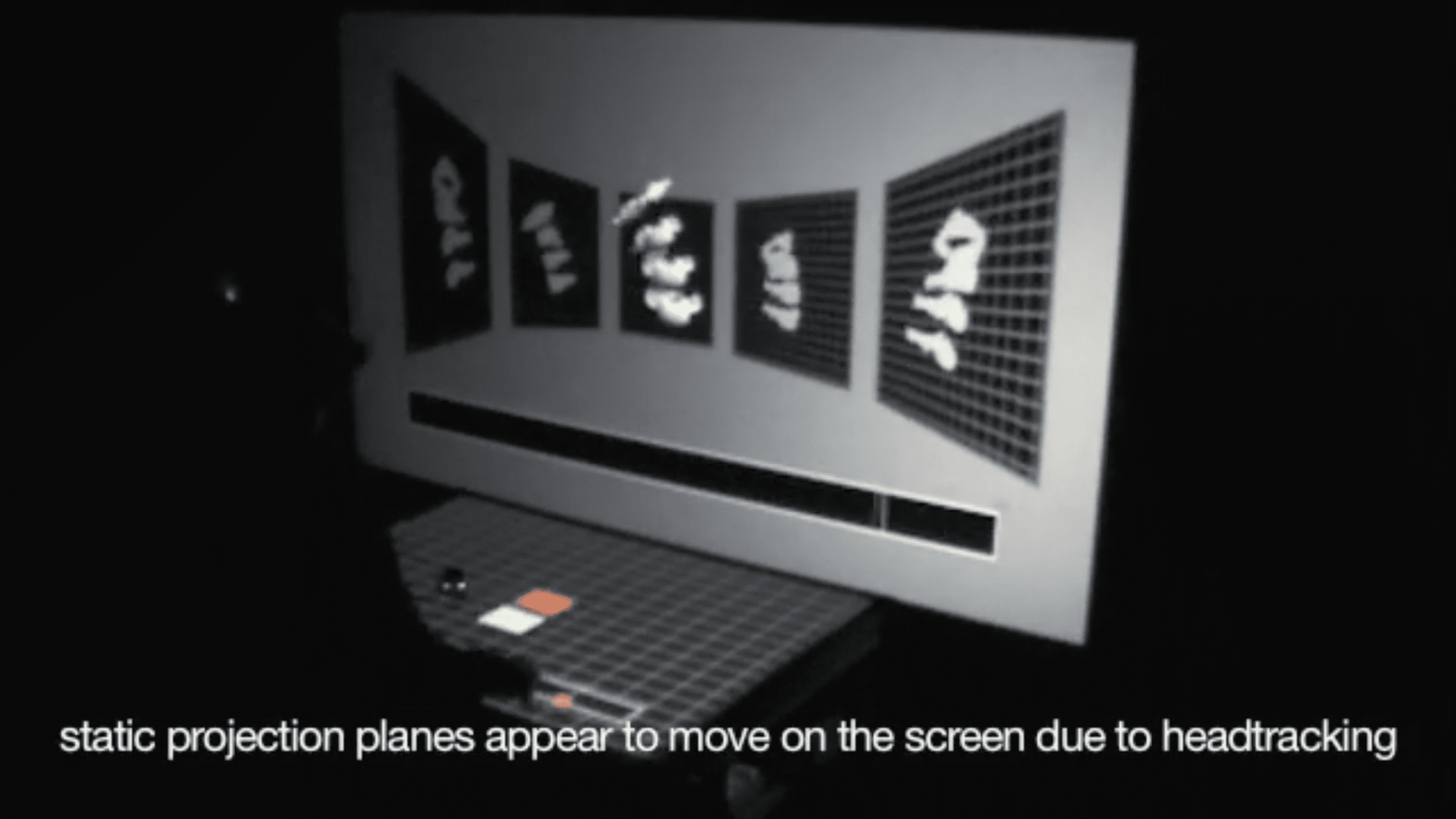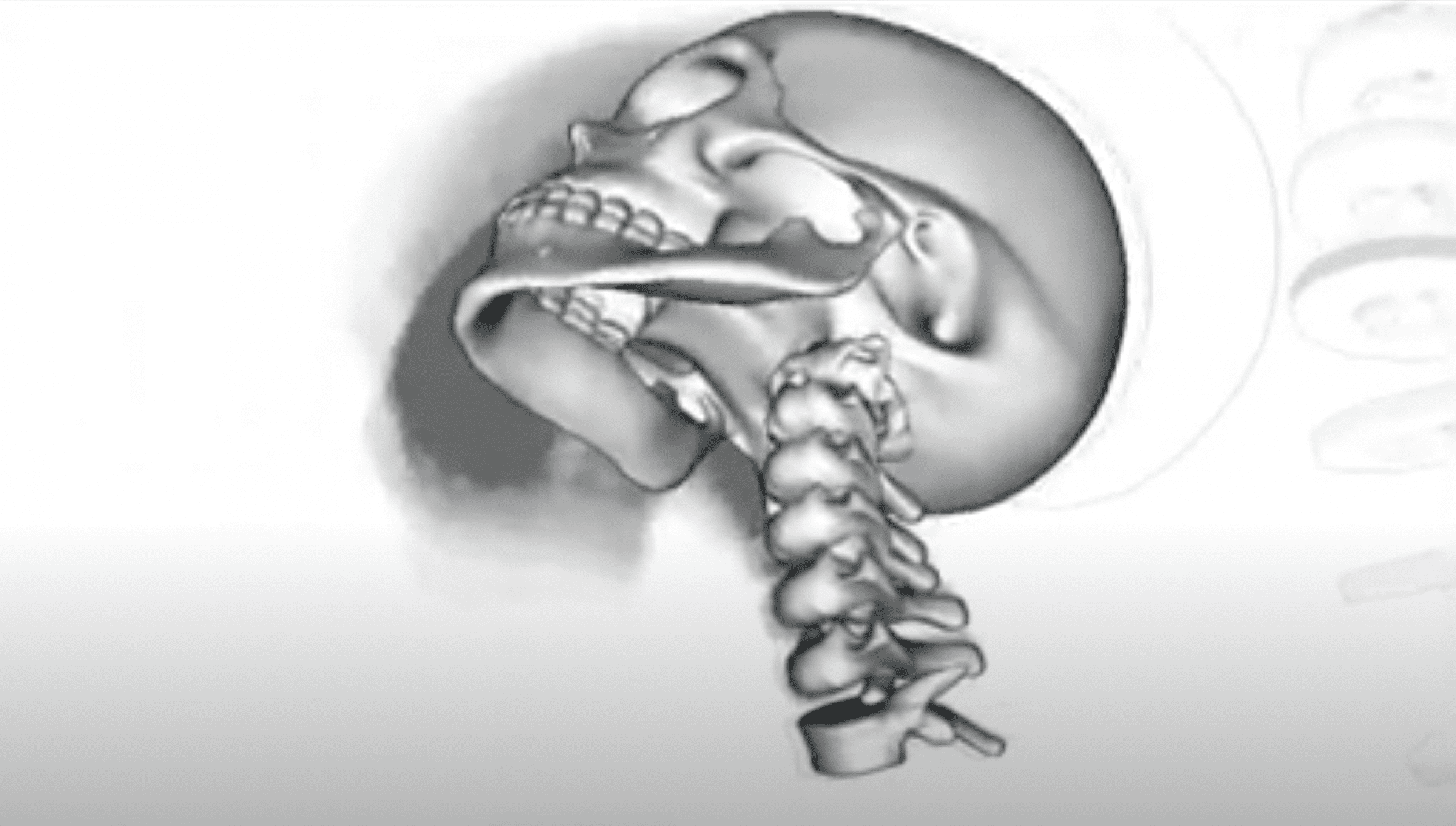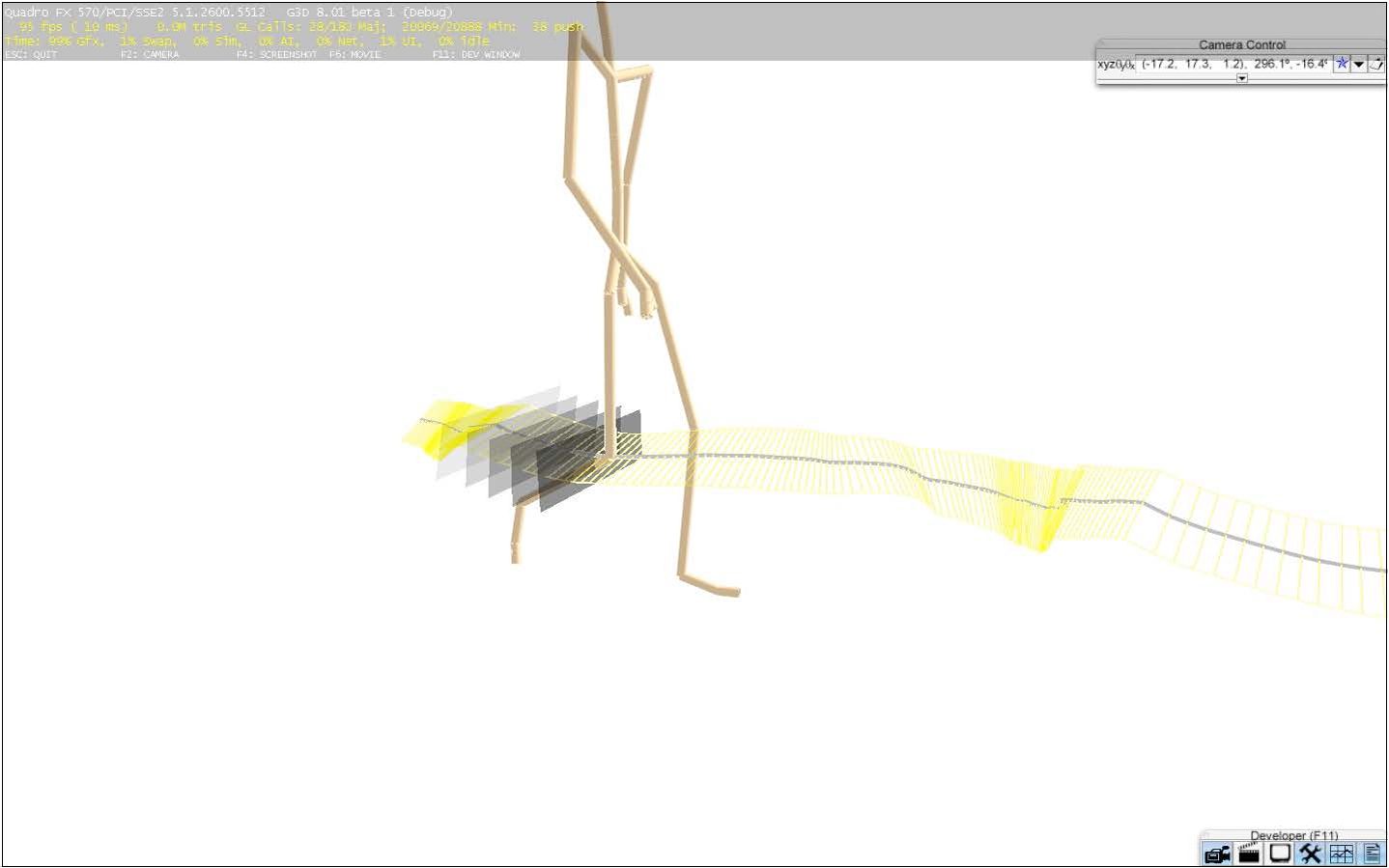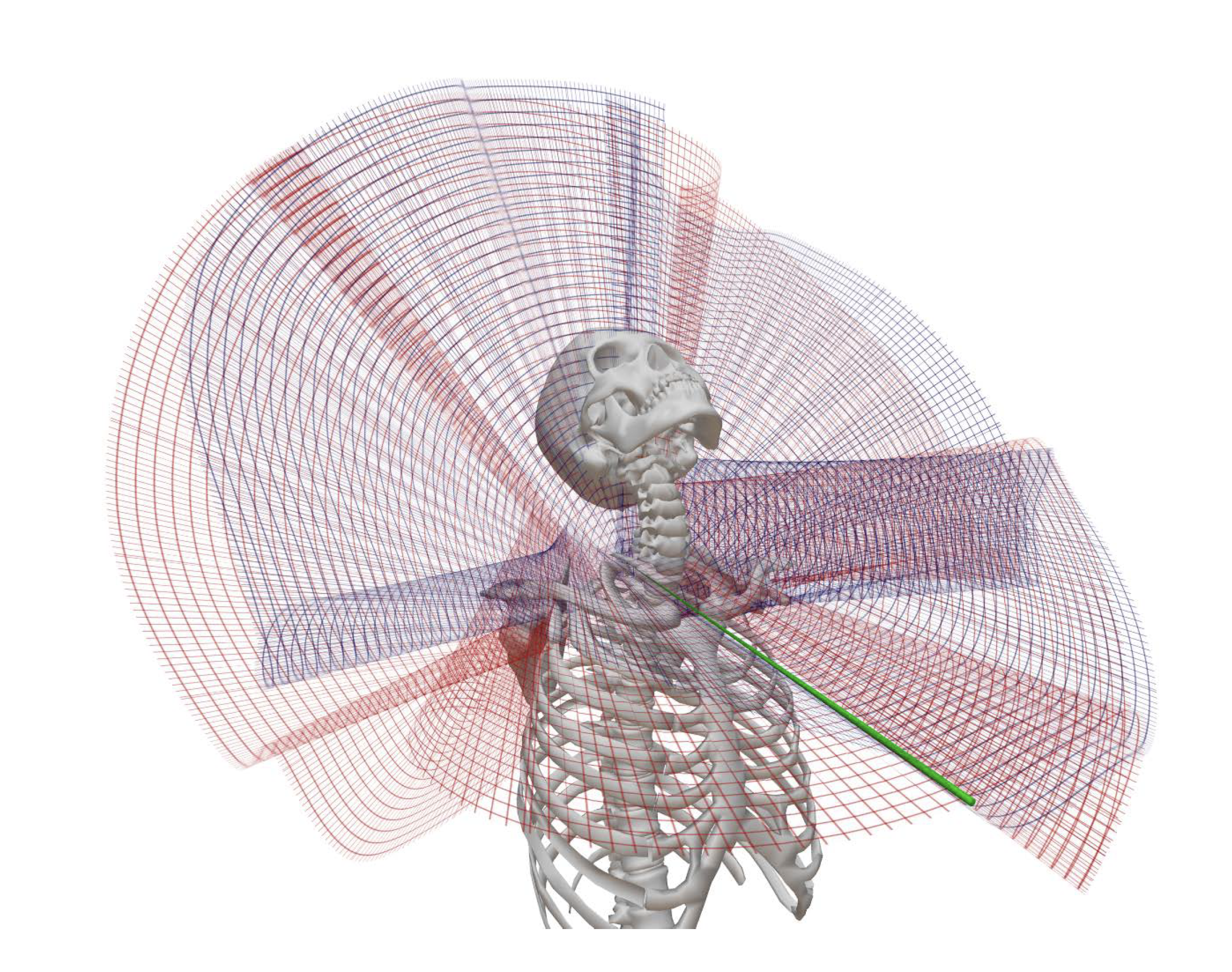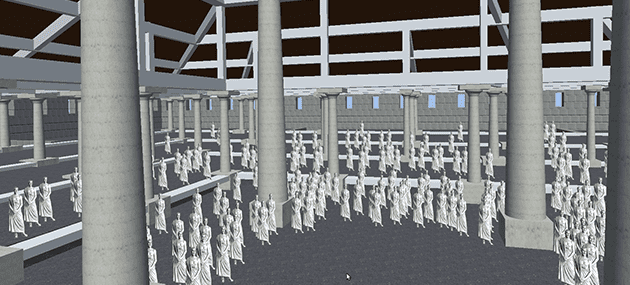- Computer Graphics Forum (Presented at EuroVis 2012)
- Interactive Visualization Lab (IVLAB)
- University of Minnesota
- 2012
Dane Coffey, Fedor Korsakov, Haleh Hagh-Shenas, Lauren Thorson, Arin Ellingson, David Nuckley, and Daniel F. Keefe. Computer Graphics Forum (Presented at EuroVis 2012) 31, 3pt3, 1215–1224
Abstract:
We present a study of interactive virtual reality visualizations of scientific motions as found in biomechanics experiments. Our approach is threefold. First, we define a taxonomy of motion visualizations organized by the method (animation, interaction, or static presentation) used to depict both the spatial and temporal dimensions of the data. Second, we design and implement a set of eight example visualizations suggested by the taxonomy and evaluate their utility in a quantitative user study. Third, together with biomechanics collaborators, we conduct a qualitative evaluation of the eight example visualizations applied to a current study of human spinal kinematics. Results suggest that visualizations in this style that use interactive control for the time dimension of the data are preferable to others. Within this category, quantitative results support the utility of both animated and interactive depictions for space; however, qualitative feedback suggest that animated depictions for space should be avoided in biomechanics applications.
Reference:
Coffey, D., Korsakov, F., Hagh-Shenas, H., Thorson, L., Ellingson, A., Nuckley, D., amp Keefe, D. F.. 2012. Visualizing Motion Data in Virtual Reality: Understanding the Roles of Animation, Interaction, and Static Presentation. Computer Graphics Forum (Presented at EuroVis 2012) 31, 3pt3, 1215–1224. DOI: https://doi.org/10.1111/j.1467-8659.2012.03114.x.
Downloads:
2022 UMN IV/LAB (Daniel F. Keefe)
source: https://ivlab.cs.umn.edu/Coffey-2012-VisualizingMotionStudy.html
